Community Colleges Build Workforce Through Partnership and Student Success
Diverse: Issues in Higher Education
FEBRUARY 16, 2023
Educators from a variety of community colleges shared how student success and sense of belonging is vital to meeting their local workforce needs, and how their unique geographic locations, demographic growth, and regional needs have influenced how they connect with big industry and small to mid-sized businesses.


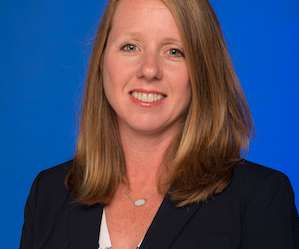
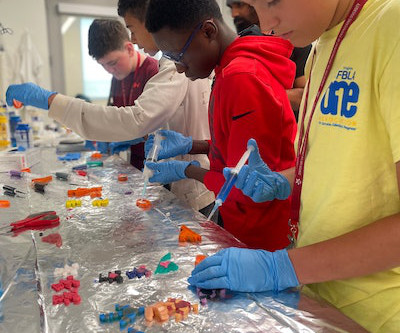
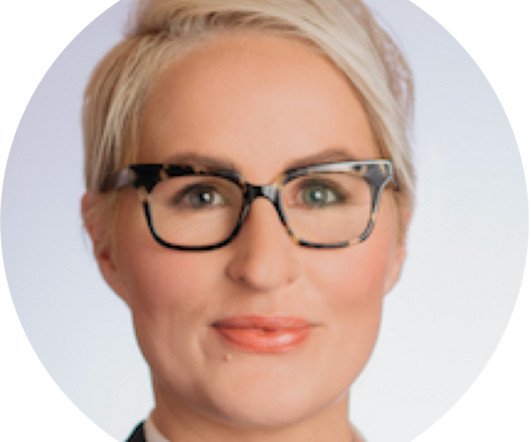
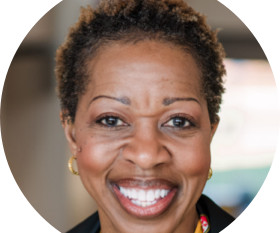
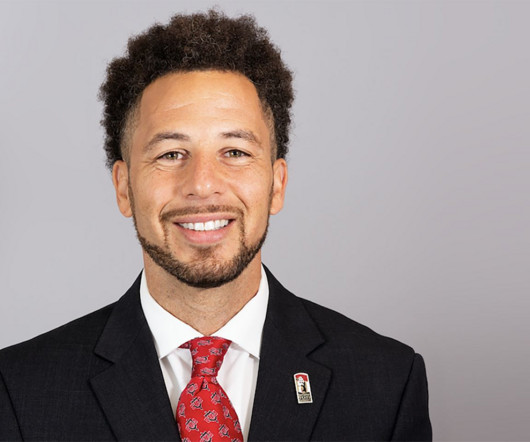






Let's personalize your content